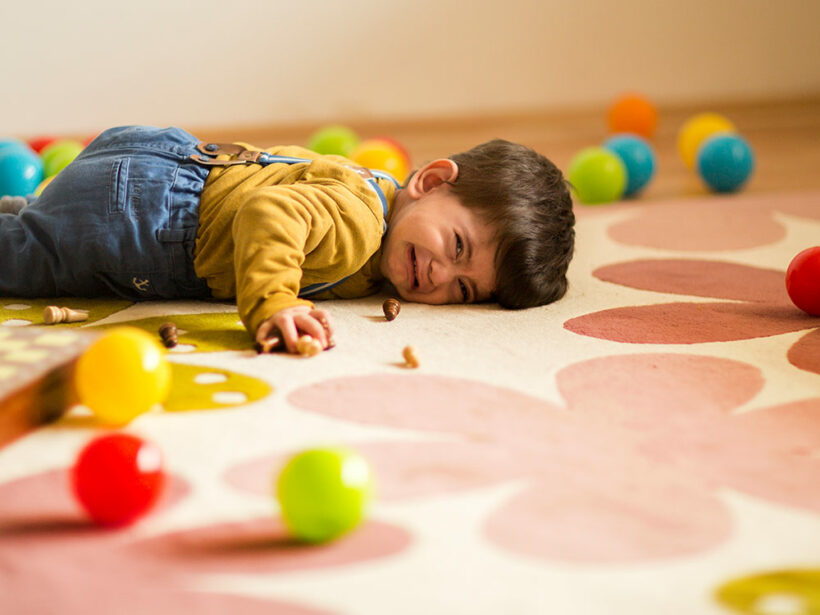Diva snatched the red toy truck from Varun’s hand. Varun pulled it back again. The truck was yanked again, and soon there were screams and grabs. And then sobs and cries as the toy truck breaks.
Aggression and temper tantrums in kids is a form of power play and show of supremacy. Their parents, who had seen the drama unfold, walked up to the children and used the “use your words” speech for what felt like the hundredth time.
Toddlers and young children are eager to assert themselves, express their likes and dislikes, and show independence. They become self-aware of their identity, and as individuals away from their primary caregivers. While life skills are waiting for their turn to speak, taking a toy, sharing and turn-taking, occurs gradually with practice and encouragement.
Aggression in all age groups from toddlers to teenagers can be witnessed in various behaviours. It can manifest as
- Tantrums
- Kicks
- Explosive yelling and screaming
- Fights both verbal and physical
- Hurting plants and animals
- Destroying resources and property of self and others are also other aggressive acts seen
Reasons Why A Child Acts Aggressively:

Fear and hope are powerful emotions. Being afraid of another child or feeling cornered will push a child to hit back. And a couple of complicated reasons are:
- Family conflicts and fights: Children react to parents fighting, teasing and bullying by siblings, changes, and serious illness in the family. Tensions affect children and they react by becoming aggressive, especially if other family members are showing similar reactions.
- Exposure to violent video games, television shows and movies. Children replicate the aggression, albeit temporarily.
Emotions define us. So, teaching children to recognize and understand his emotions and guide him toward acceptable ways of letting anger, fear, and disappointment show, is the building of social emotional learning.
- Unable to demand and receive what is desired by a child also results in frustration, disappointment, and aggression.
Antidote to Misbehaviour

1. Setting Boundaries
At a toy shop, when your child throws a tantrum, and you first negate and then agree to buy the toy after 20 minutes of his crying, he realizes that you would finally agree. Consistency with rules is key to helping children learn to make good choices. But when the rules keep changing, it makes it hard for young children to make good choices.
2. Bartering negotiation never work
We, as parents, wish to be the best role model for our children. We want to be flexible, open-minded, and good listeners that hear their children. This is a slippery slope as when a child can cajole you for 5 extra minutes of television or an extra sweet or sleeping later than bedtime. Tears, whimpers, sad faces, and puppy eyes are all ways to push boundaries. Soon you will find yourself negotiating everything. Having consistent rules helps children feel safe and secure and helps to know the consistency in their world.
3. Time to build problem solvers and build self-esteem:
Let a child try to find a solution on their own before solving the issue, instead, suggest. Responsible decision making for managing conflict and dealing with the challenges he faces will be a breeze, post that.
4. Motivation and feedback to self-control.
Responding positively to a child’s behaviour reinforces that behaviour. Good and better behaviour comes to children who feel good about themselves. Acknowledge appropriate behaviour to make it a habit.
Anger is an uncomfortable emotion to accept and release. Name-calling, screams, outbursts, and body shaking and crying are all a side-effect to anger in children. Most parents feel at a loss of control and rather helpless about tantrums and angry behavior, even wondering about normalcy.
A cause for concern and a need for professional input seems necessary for children who throw tantrums even when older than four years old. It is not developmentally appropriate and results in problems at home and school with classmates, siblings, help and parents too.
Research proves that violence begets violence. That means to prevent, lessen or completely eliminate violent behaviour, exposure to violence in the home, the community and watching aggressive media is the need of the hour.


















